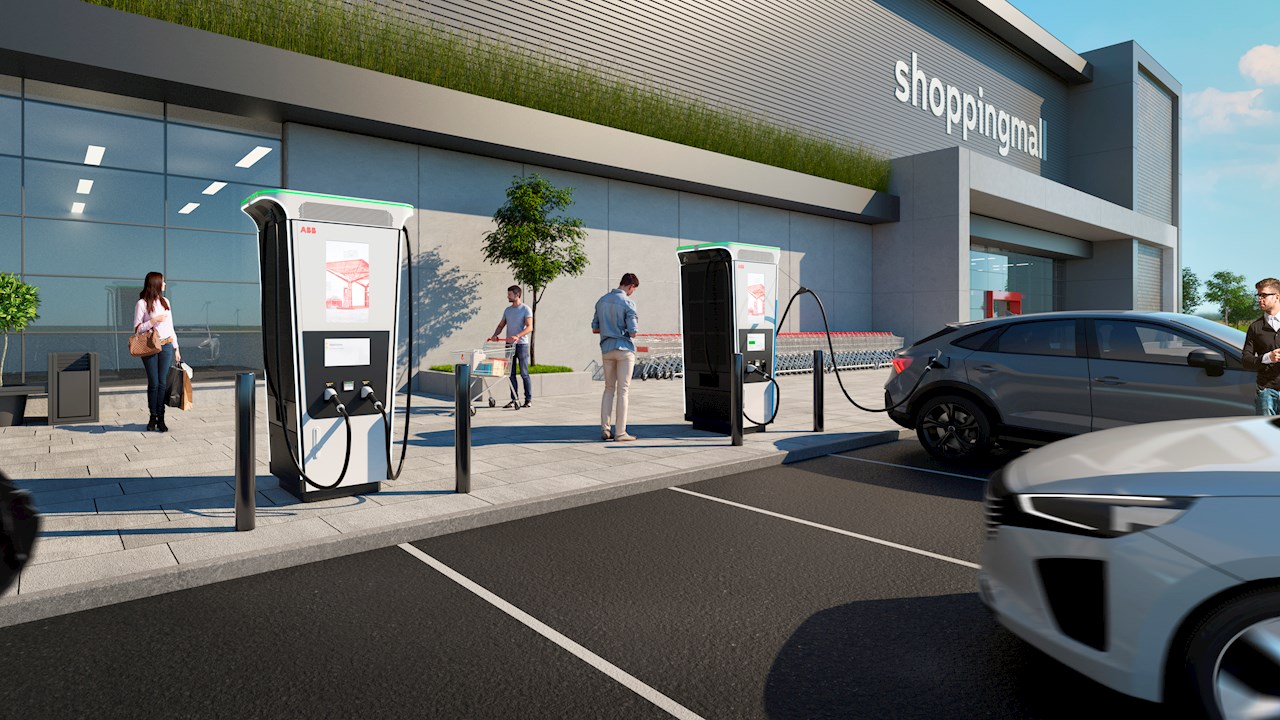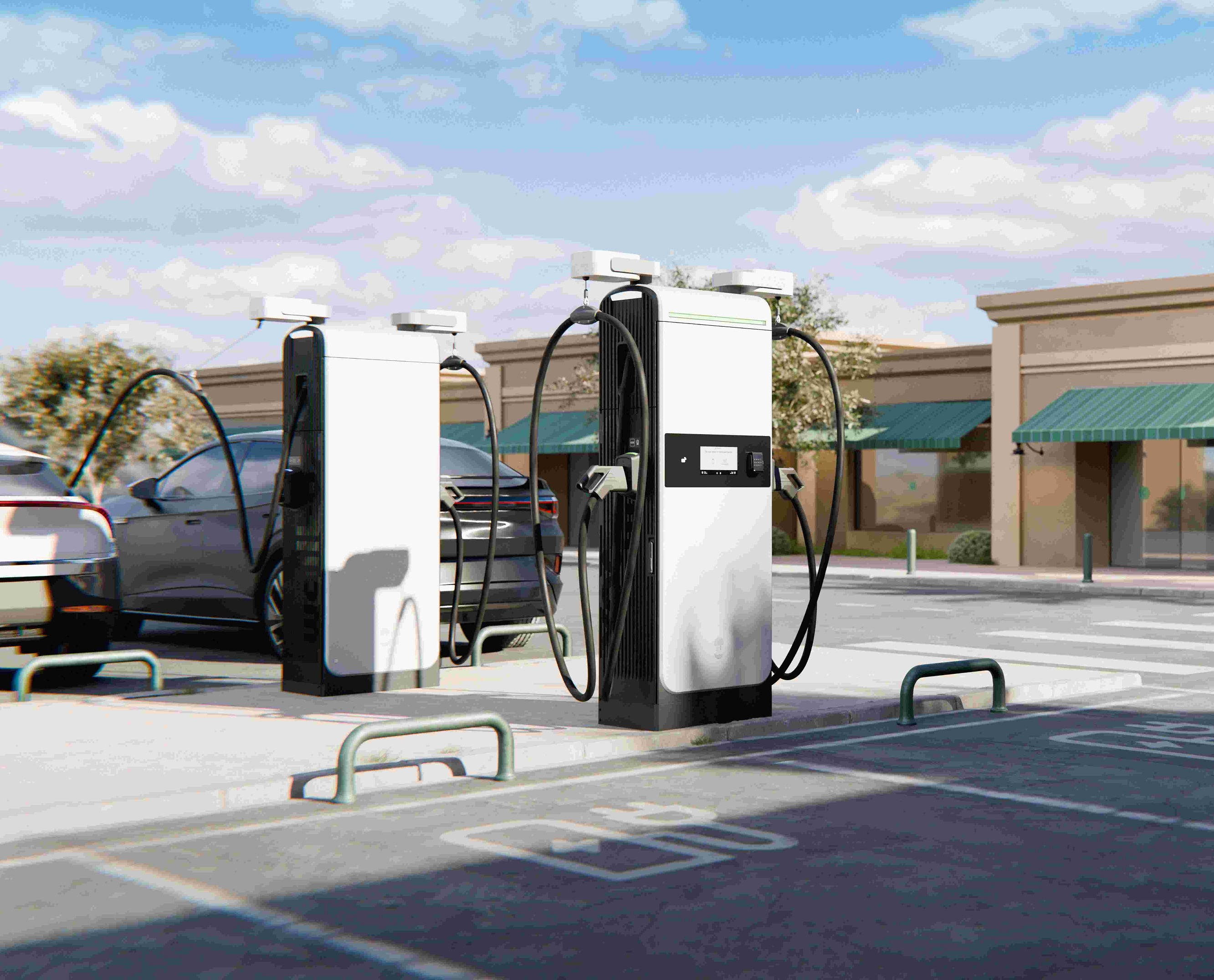
The project was developed under the Linux Foundation Energy initiative with the aim to accelerate innovation in EV charging infrastructure and promote interoperability and standardisation across the industry.
As a long-term player in the EV charging sector, Versinetic is aware of the challenges of bringing reliable, fully featured EV chargers to market quickly. EVerest's wide feature set, robust development community and open-source flexibility make it an ideal software platform. However, developing the rest of the charger platform, including hardware design, user interface, low-level software, custom features and security, can be time-consuming and costly.
To address this challenge, Versinetic has ported EVerest for EV Charging to its standard Charging Blox – a modular framework of hardware and low-level firmware trusted by customers across four continents. This integration is now available and ensures a proven, reliable and flexible solution without the long-term subscription models.
The EVerest framework provides a reference implementation and modular architecture that allows for interchangeable modules and easy addition of new features. This open-source approach offers several advantages, including enabling local energy management use cases and fostering a community of developers who can contribute to the code base. The modular design makes it simpler for charging station manufacturers to customise and extend the software for their specific needs.
Customisation options include dialling home for remote diagnostics, creating custom load balancers and interfacing with Home Management Systems interfacing with additional hardware, payment terminals, site meters and RFID.









